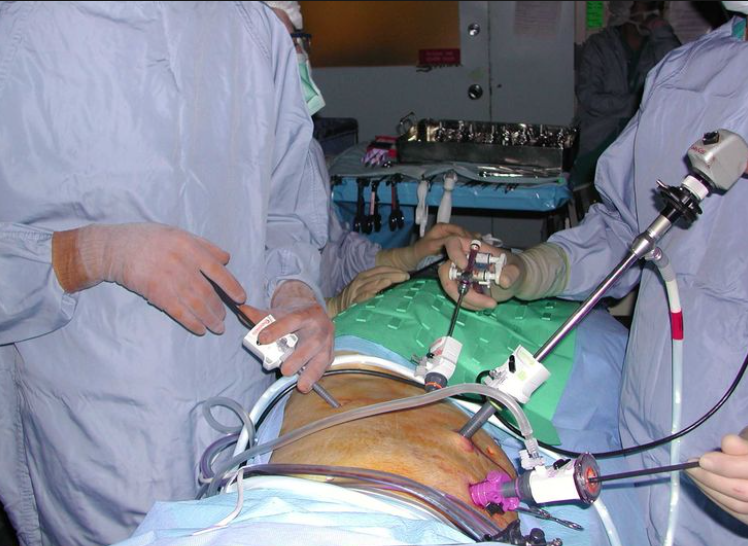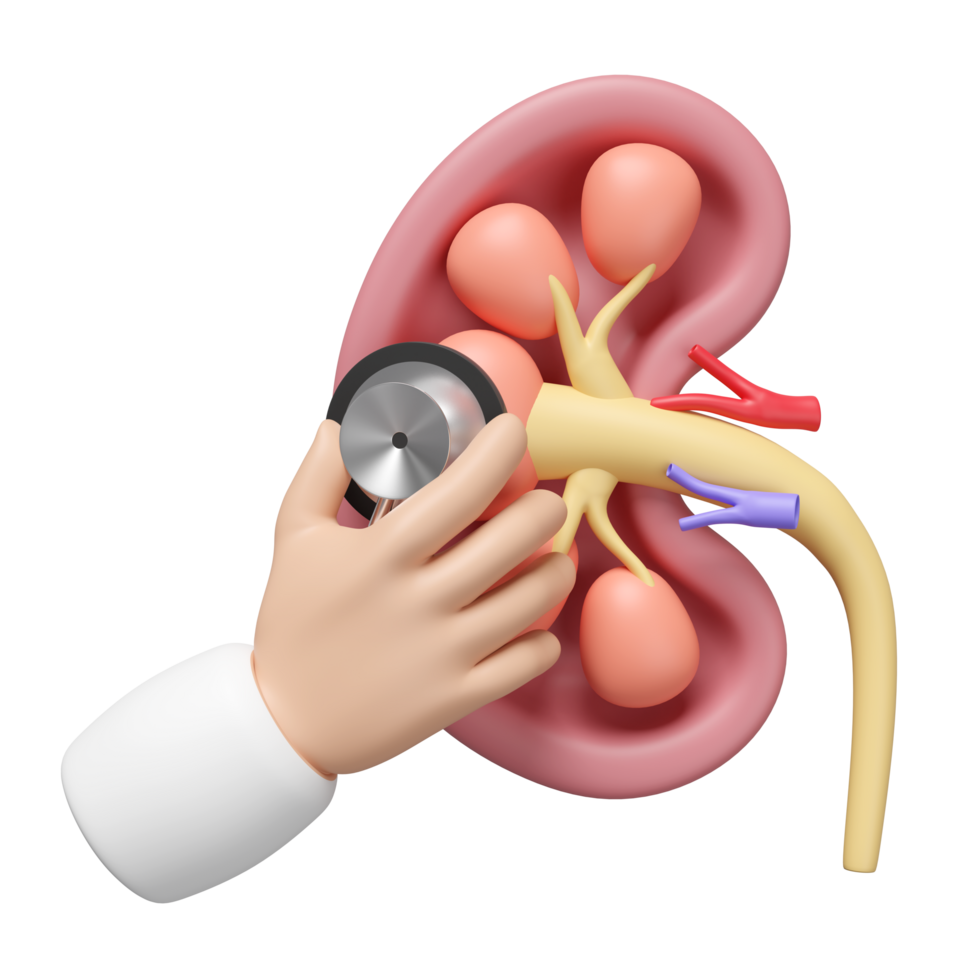What is Upper Tract Urothelial Carcinoma (UTUC)?
Urothelial carcinoma of the upper tract (UTUC) is a type of cancer that affects the ureter (the tube that transports urine from the kidney to the bladder) and the kidney’s inner lining (the urothelium), which is the “collecting system” where urine begins to drain after the kidney produces it. It’s not the same as kidney or bladder cancer.
What Causes UTUC and Who is at Risk?
UTUC is two to three times more common in men than in women. People 70 years of age or older are more likely to experience it. Smoking is the major risk factor. Individuals with Lynch syndrome, an inherited disorder, are also more vulnerable. UTUC is one of the cancer kinds to which this disease predisposes patients.
What are the Symptoms of UTUC?
A large number of UTUC patients show no symptoms at all. They are frequently diagnosed when a urine test that is performed for another reason finds blood in the urine that is only visible under a microscope. Blood may occasionally be seen in the urine of a person with UTUC. Pain in the side is one of the less prevalent symptoms. A person may have night sweats, appetite loss, or weight loss in more severe situations.
What are the Types of UTUC?
- UTUC of lower grade is less aggressive. It has a lower propensity to expand to other body areas or infiltrate deeper into the kidney.
- The likelihood of high-grade UTUC invading the kidney or other organs is higher. Other bodily sections are more prone to experience its spread. Both low- and high-grade malignancies have a significant recurrence rate. This indicates that the cancer is likely to recur following treatment, therefore even after treatment, patients with any kind of UTUC should think about seeing their doctor frequently.
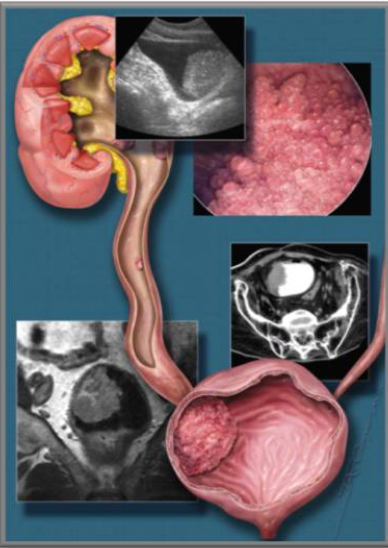
How is UTUC Diagnosed?
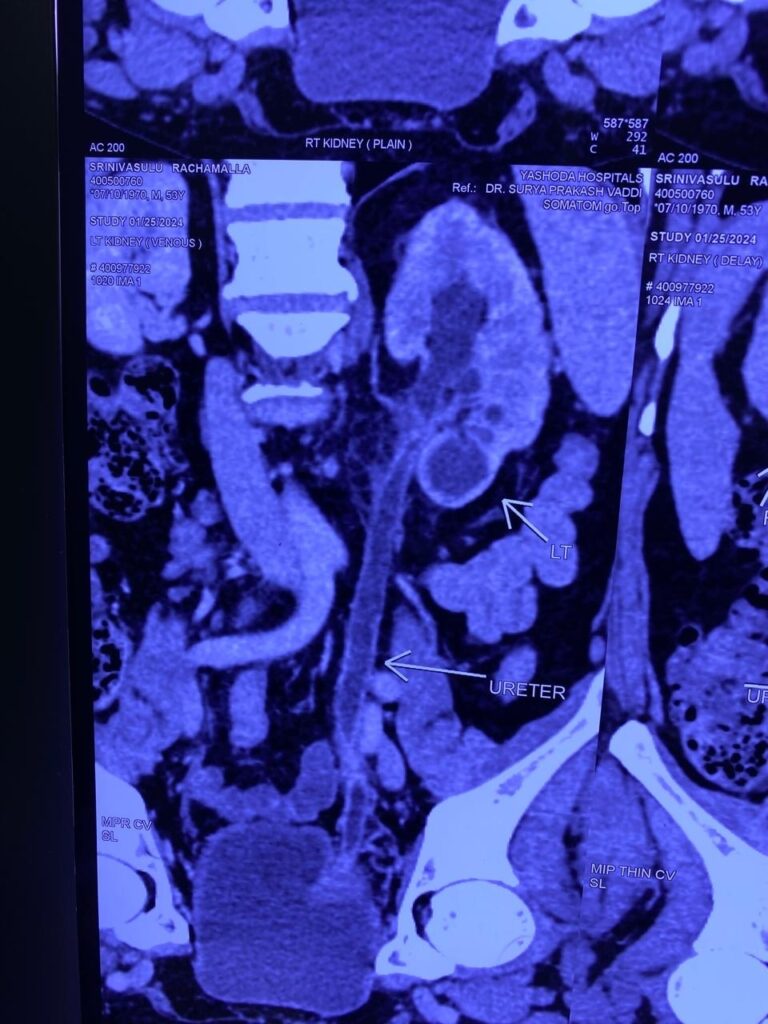
CTScan Image showing Left UTUC
How is UTUC Treated?
Treatment for low-grade UTUC
Treatment for high grade UTUC
Patients with advanced illness may benefit from medication and/or surgery: • Medication and Surgery: a nephroureterectomy, which involves removing the entire kidney, ureter, and small portion of the bladder, is one therapeutic option. This is followed by four cycles of chemotherapy. It’s also possible to remove some of the nearby lymph nodes.
• Medication: In certain UTUC situations, medication is used in conjunction with or instead of surgery. Some people have medication exposure inside their kidneys or ureters. The procedure treats an existing tumor that could be challenging to access with a ureteroscope or stops the malignancy from returning. To find out more and choose the best course of action for you, discuss treatment choices with your physician.
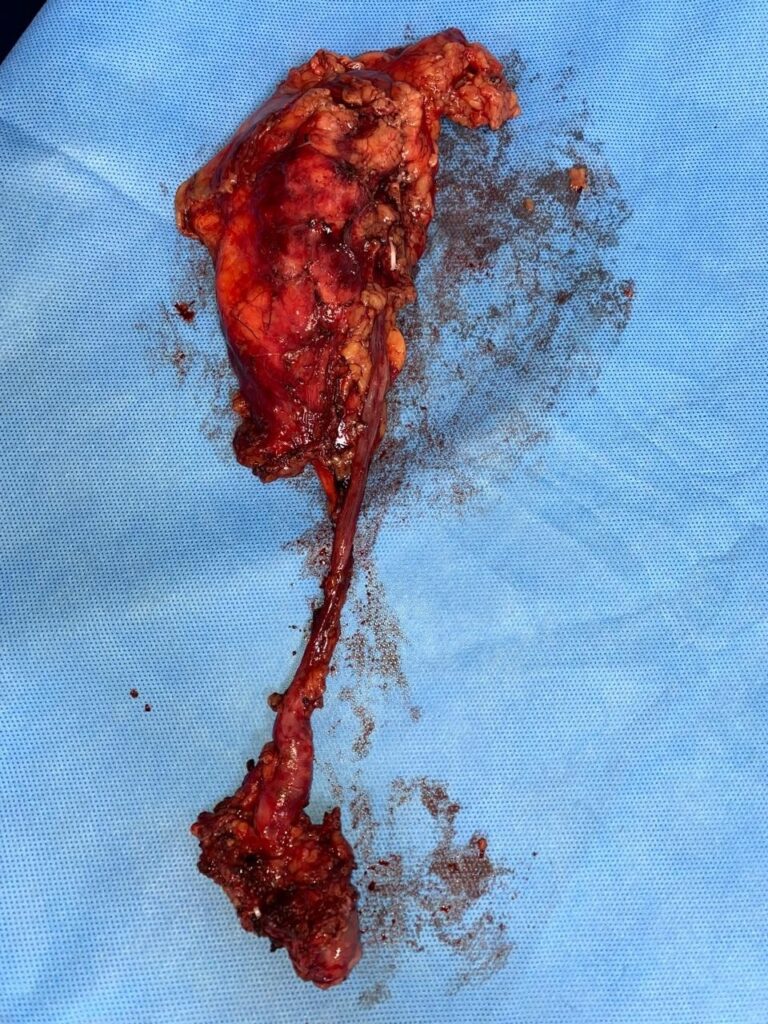
Specimen Showing Radical nephro urotractamy with Bladder Cuff Excasion
